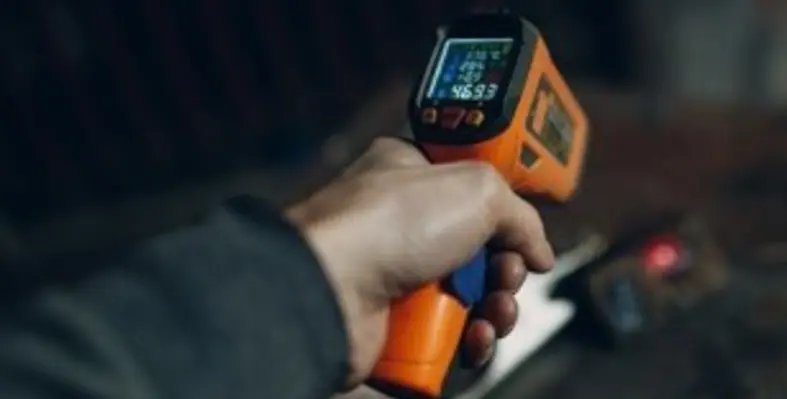Frost & Sullivans recent analysis of the global material test equipment market finds that end verticals? ? automotive, aerospace, primary metals and plastics ? emphasis on zero-defect manufacturing is inflating the demand for material test equipment, assuring high-quality products with international standards
Classified as universal testing machines (UTM), servo-hydraulic testing machines (SH), impact testing (IT), and hardness testing (HT) machine based on product segmentation, the material test equipment market is estimated to reach US$816mn by 2025 from US$689.9mn in 2020, registering moderate growth at a compound annual growth rate (CAGR) of 3.4%.
However, the decline in capital expenditure (CAPEX) by the automotive and aerospace industries due to the COVID-19 outbreak has impacted the testing equipment industry. Despite these issues, as countries begin to lift lockdowns and relax restrictions, the market is expected to recover in 2021 and return to the pre-COVID levels by 2022.
?Growing interests and research in reducing the weight of vehicles in both the automotive and aerospace industries to improve fuel efficiencies will create opportunities for material test equipment,? said Ram Ravi, measurement and instrumentation research analyst at Frost & Sullivan. ?The convergence of multiple technologies/products such as automation, robotics, cloud computing, software, and machines is key to realising the smart factory vision. As organisations continue to drive their digitalisation efforts, the need for process automation will trigger demand for automated test equipment.?
?With a healthy economic recovery projected for China and India, Asia-Pacific (APAC) will remain the largest market for material test equipment over the forecast period, registering growth at a 4.2% CAGR, followed by North America, Europe, and the Rest of World at 3.3%, 2.8%, and 2.1%, respectively. Further, the UTM segment is projected to occupy the largest market share due to these machines? modular ability to perform different tests with one piece of equipment, followed by SH, HT, and IT,? Ravi added.





